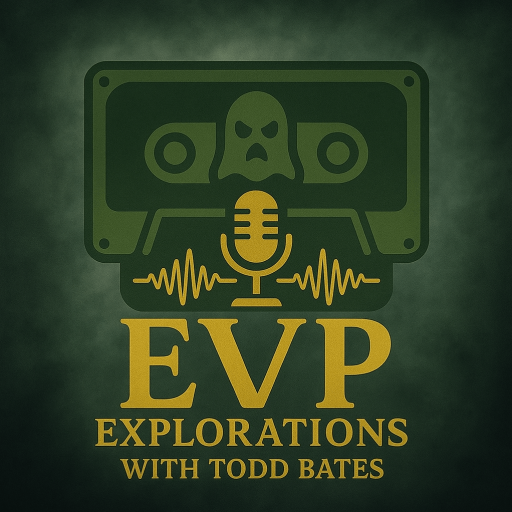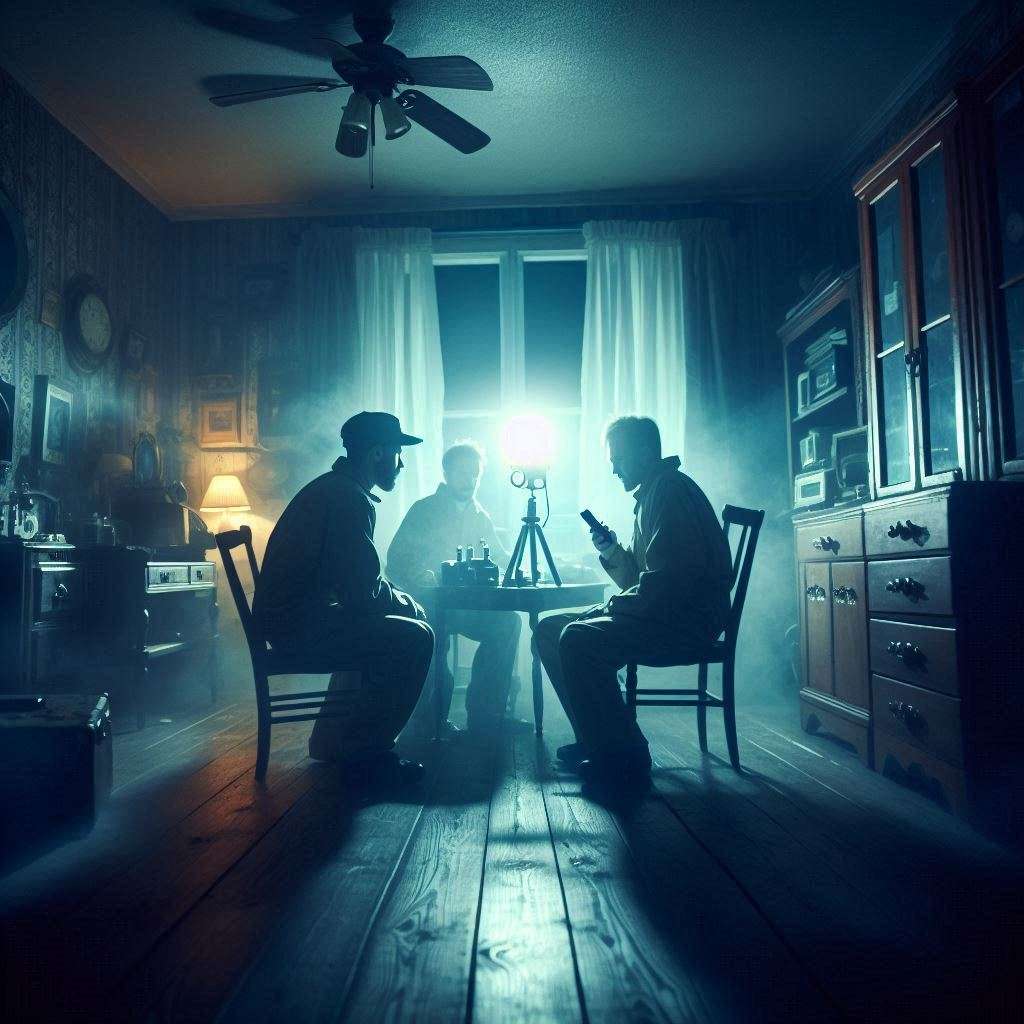Bridging the Past and Future: Rethinking Our Approach to Electronic Voice Phenomenon (EVP)
Electronic Voice Phenomenon, or EVP, has long intrigued researchers, paranormal investigators, and curious minds alike. These mysterious, often faint voices captured on recording devices are believed by many to be the voices of spirits—reaching out across the veil. Over the decades, we’ve seen a variety of methods used to capture EVP, ranging from reel-to-reel tape recorders and cassette players to the modern digital recorders and smartphone apps of today.
But as technology continues to evolve at lightning speed, an important question arises: Should we continue to rely on the tried-and-true methods of the past? Or is it time to fully embrace modern technology to push the boundaries of spirit communication?
The Strength of Traditional Methods
There’s a certain authenticity and charm to the old-school approach. Analog tape, for example, is thought by some researchers to have physical properties that may make it more receptive to spirit voices. The slight hiss of the tape, the ambient background noise, and the mechanical nature of the recorder seem to invite phenomena in ways that feel organic and unpredictable.
Older techniques also often required more patience, intention, and focus—qualities that may themselves play a role in successful communication. In many ways, these methods fostered a stronger personal connection to the process, which may be something we’ve lost in the digital age.
The Potential of Modern Tools
On the flip side, today’s technology offers remarkable precision and flexibility. Digital recorders provide clean, high-fidelity audio and the ability to store hours of data without degradation. Software like spectral analyzers and multi-band audio editors give us unprecedented tools to isolate, enhance, and interpret even the faintest whisper.
We also now have access to AI-assisted noise filtering, real-time voice monitoring, and smart devices capable of detecting subtle environmental changes. These advances not only improve our ability to capture potential EVPs—they open new doors to real-time interaction, controlled experiments, and long-term data analysis.
Why Not Both?
Rather than choosing one over the other, perhaps the best approach is to marry the strengths of both eras. Use analog recorders for their unique audio textures, while simultaneously capturing a digital backup for detailed analysis. Pair classic recording sessions with environmental sensors, AI filters, and smart audio tools.
What if the real secret to clearer communication lies not in one method or another, but in the synergy of both?
A Word of Caution
While new tools offer exciting opportunities, there’s also the risk of losing the spirit of the work—no pun intended. Becoming overly reliant on software or automation can shift focus away from the core of EVP research: the human experience, intuition, and intentional connection.
It’s also important to remain skeptical and discerning. Not every blip or buzz is a spirit voice, and modern tech can sometimes introduce anomalies that didn’t exist in the analog realm.
Final Thoughts
As we look ahead, the future of EVP research may not be about replacing the old ways, but about expanding them. Blending tradition with innovation allows us to stay rooted in the past while reaching into the future. It gives us the best chance at deeper, more meaningful communication—whatever its source may be.
Stay Connected with EVP Explorations!
Subscribe to our free newsletter for the latest updates, education, tips, investigation methods, and new articles—delivered right to your inbox.
Join today and keep exploring with us!

















